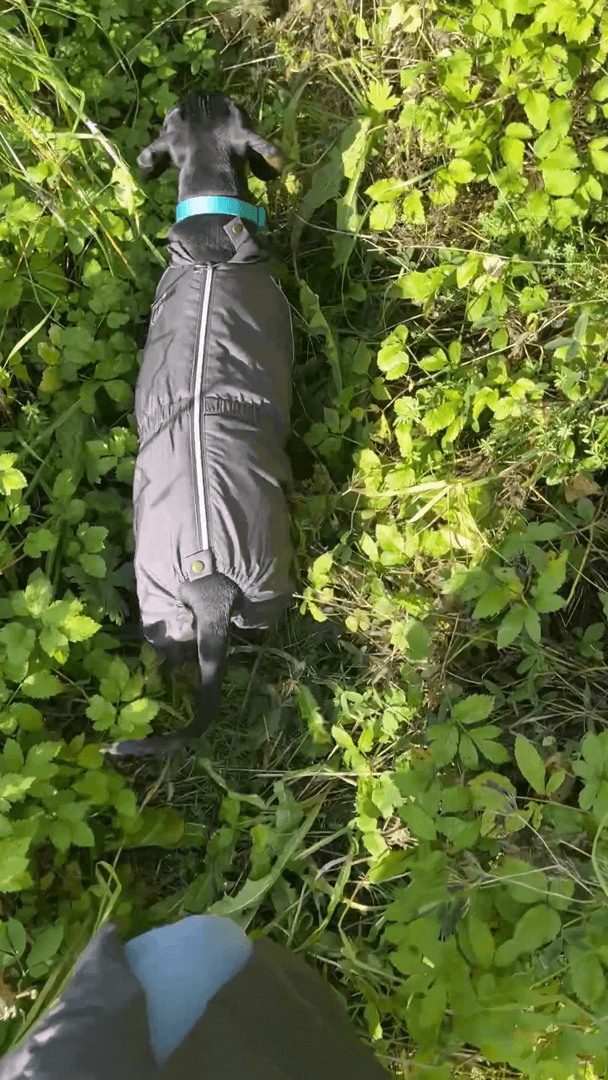
Hunting in Norfolk, England: geography, types of hunting and hunting animals, hunting seasons and legislation in the region Geographical and natural features of Norfolk for hunting Norfolk is located on the east coast of England and is famous for its diverse landscapes. The region includes: - Forests and groves: such as Thetford Forest, which is one of the largest in the UK. These areas are ideal for hunting deer and small game. - Swamps and wetlands: for example, the famous Fords of Norfolk, home to ducks, geese and other waterfowl. - Agricultural land: fields and meadows attract pheasants, partridges and hares. - Coastal areas: The Norfolk coast is a place for hunting migratory birds, especially during the autumn and winter period. Hunters and demographics of the region Norfolk is a region with rich hunting traditions. According to data for 2023, about 5,000 active hunters are registered here, which is about 0.5% of the total population of the region. Most of them are men between
Post: 15 May 10:19















































